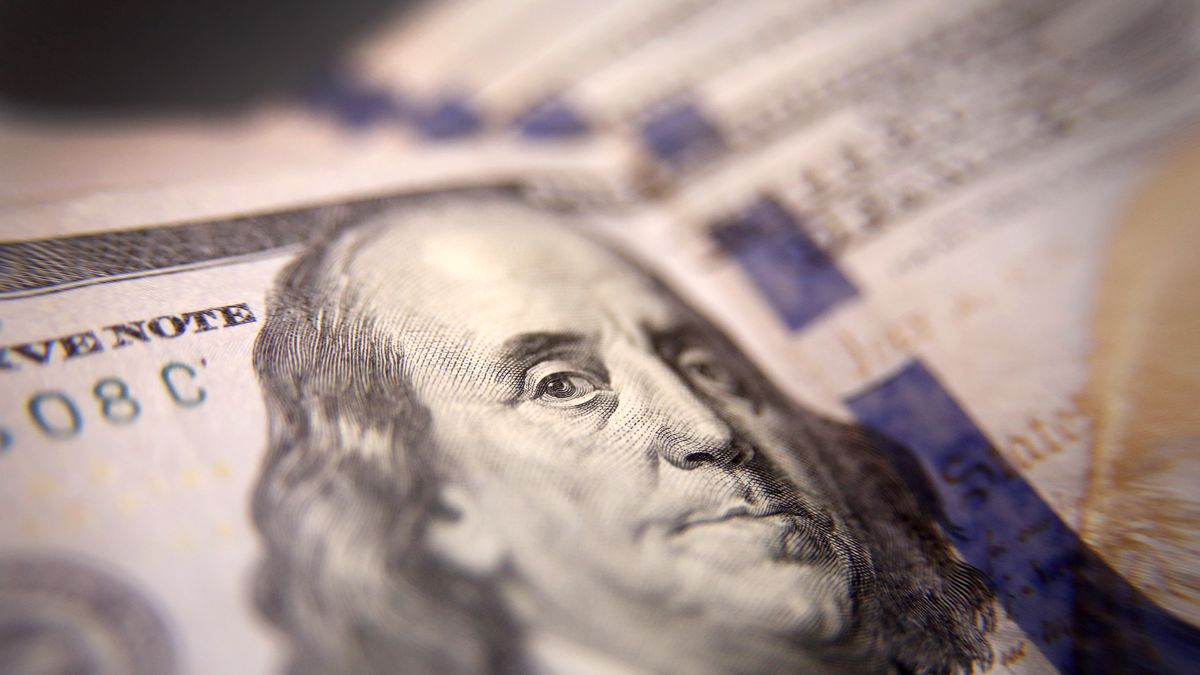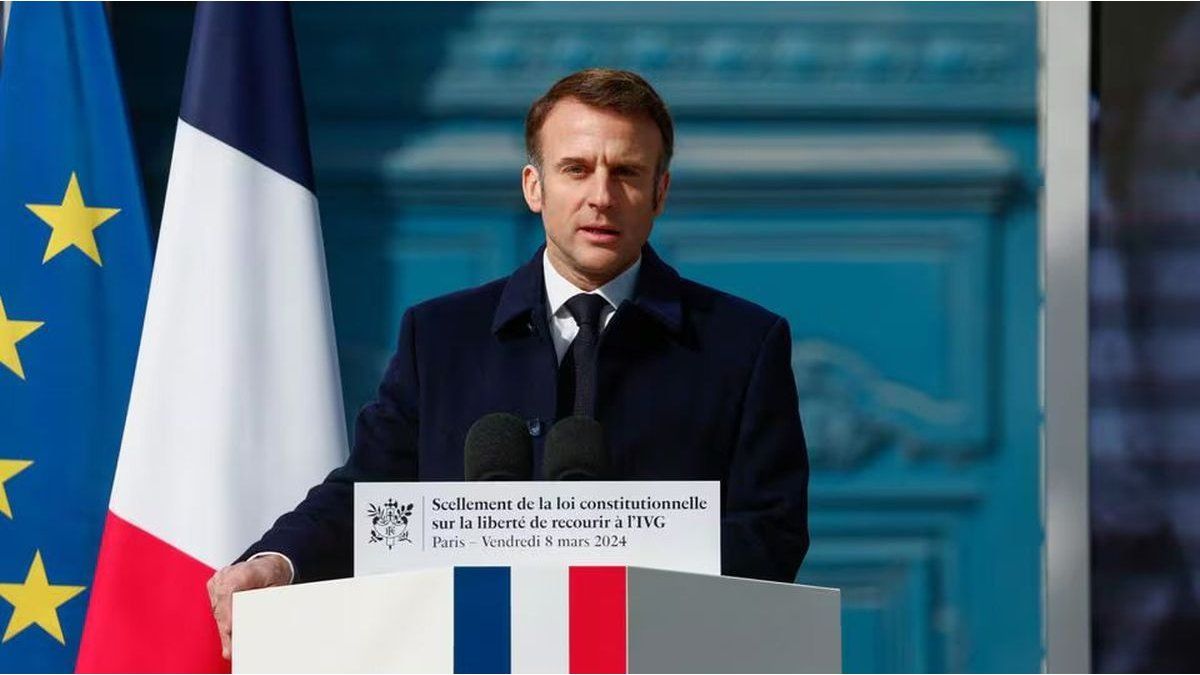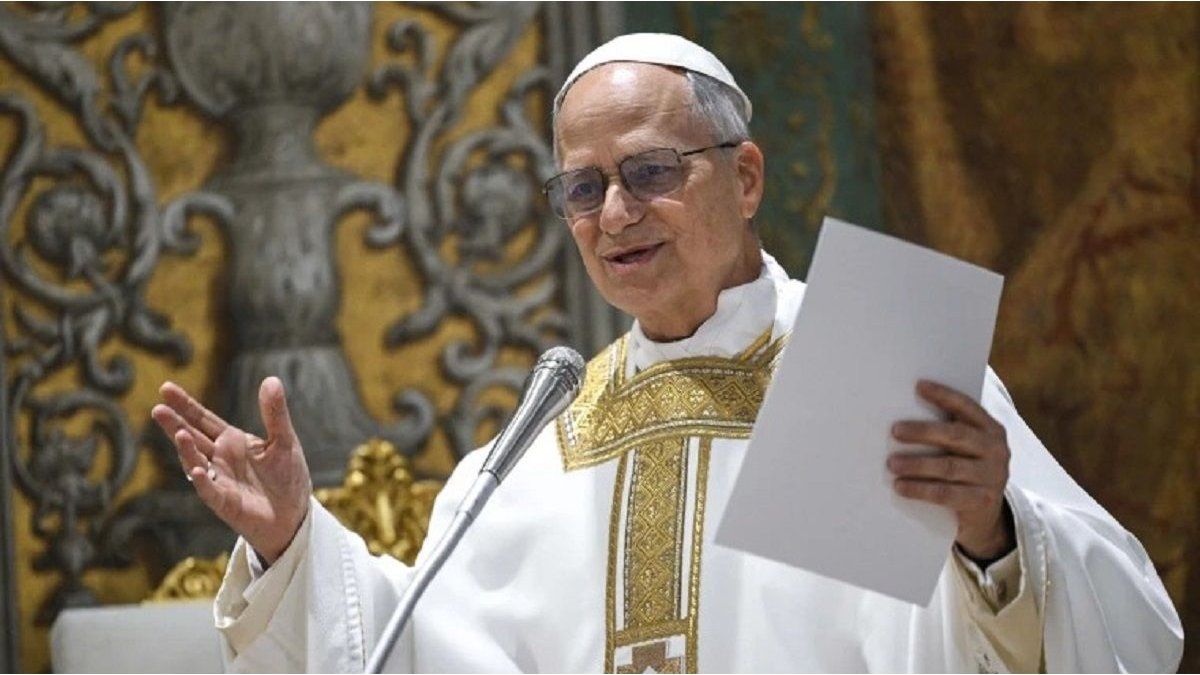The points in favor of Sergio Massa
“The new minister starts in the opposite way than his predecessor. Exchange and financial runs slow down and it is expected that the trend will continue in the coming weeks as long as he announces his team with a professional profile and chain it with measures better integrated and conceived than the fleeting Batakis plan. Massa begins with a much larger axis of power than Guzman and Batakis, having the support of the entire ruling coalition”, analyzed the economist Fabio Rodriguez in dialogue with this medium.
“since now his capacity, experience and arrival at power factors (both local and international) is far superior to his predecessors. It adds the plus of concentrating all economic areas, although doubts remain with energy policy and the BCRA, springs that it will not handle. In the change of expectations also plays a crucial fact. Massa’s entrance represents a movement to the center and to pragmatism, away from dogmatic positions. Batakis was never able to dispel those doubts, even though he tried to overreact a shift to orthodoxy,” he added.
the analyst Aldo Abram, added to this perspective that Massa manages to “solve” this political crisis in the governing coalition. “Argentina came with a crisis of growing credibility and that was due to a government with poor management that was losing the trust of the people and its political power was being diluted. That is what is being resolved now, which is not Batakis resolved. There is no time to discuss measures, so someone has to make decisions and that is what the superministry solves.”
In that framework, Santiago Lull He maintains that what plays in Sergio Massa’s favor is his “political power” and his position as “the great middle avenue.” For the financial analyst, “There is clearly a change in expectations in the market, especially the international markets saw it with good eyes.”
Dollar: Is the gap narrowing?
Analysts agree that the gap between the parallel dollars and the wholesale dollar will tend to go down as expectations change. This was stated by Fabio Rodríguez: “The gap should go looking for the levels prior to the crisis. Get out of the three digits and find values of 60% to 80% where a certain normality is perceived, although they are still very high. Additional improvements will depend on the measures and equipment that become known. Seeing is believing from there”.
For Lull, “Stability in the exchange rate is expected from new BCRA measures and from the fact that the market or whoever wants to buy dollars validated that $350 was expensive and that is why they began to fall. Those who wanted dollars at $350 no longer wanted them, they thought it was an exorbitant price.”
What is the floor of the dollar? the economist argued: “If I take a price of 284 today with respect to the MEP, we would be having an increase of 43% when we had almost an increase of 60%. 43% is accompanying inflation, $285-$290 should be the price that should be have the dollar and possibly you have the possibility of gradually narrowing the gap a little by raising the official exchange rate and having the possibility of taking out that 35% profit or solidarity tax. more the gap will be narrowed. The official exchange rate will have to be adjusted”.
Aldo Abram, for his part, remained more cautious: “Trying to define the floor is very difficult seen from today. The only thing that has changed now is someone who could change the course and an optimism that can do it. That same thing happened with the agreement with the IMF”. He stated that the floor will depend on the direction in which the new measures go:
- change of course: gaps can collapse.
- confirm heading: that for Abram, “it may imply that the optimism of the savers will not last long, with which we may soon have the gap rising again.”
The role of rate hikes
On Thursday, while the announcements were made regarding the landing of Sergio Massa as the new “super minister”, the Central Bank made a forceful decision seeking to give signals to the market and curb the dollarizing appetite of recent weeks.
In this framework, the body led by Miguel Pesce decided to raise the annual nominal interest rate of the Liquidity Letters (Leliq) to 28 days from 52% to 60%, which represents an Annual Effective Rate (TEA) of 79, 8%.
At the same time, the BCRA raised the minimum limits of interest rates on the fixed terms of human persons, establishing the new floor at 61% per year for 30-day deposits up to 10 million pesos, 800 points more than the previous level ( 53%), which represents a return of 81.3% in effective annual terms.
For analysts consulted by Ambitthe Central’s decision is on the right track. “The rise in the interest rate was strong, that is good in terms of discouraging inflationary expectations and also discouraging the outflow of savings and investments by Argentines and foreigners from the country. Until recently, the expectation was that you put the money in fixed terms and when you went to look for it a year, you were losing 30% of your invested capital. nobody puts money in a PF to lose purchasing power. Now that gap has shortened, you’re going to lose less. That is obviously going to be a minor incentive to switch to dollars and stop demanding pesos,” said Abram.
According to Rodríguez, “the rates moved to more realistic levels with the nominality of the economy” and although it will have an impact on activity and liquidity, it is “necessary for the virulence of the current crisis.”
Lastly, in relation to the foreign exchange market, Llull affirmed that the “signals” taken by the renewed Economy Ministry in coordination with the BCRA will be important.
Source: Ambito
David William is a talented author who has made a name for himself in the world of writing. He is a professional author who writes on a wide range of topics, from general interest to opinion news. David is currently working as a writer at 24 hours worlds where he brings his unique perspective and in-depth research to his articles, making them both informative and engaging.




